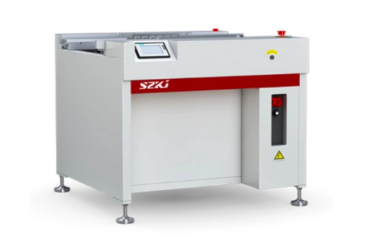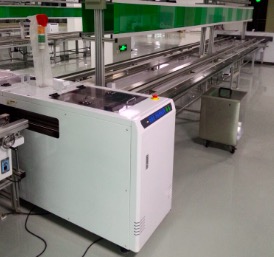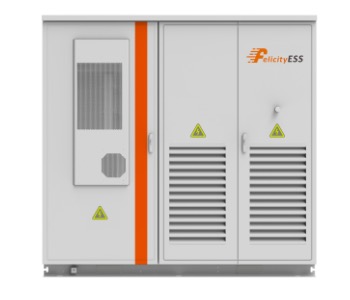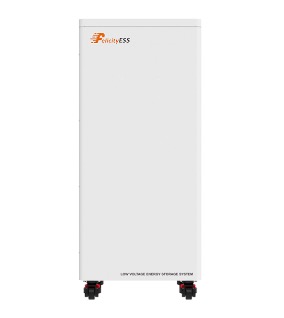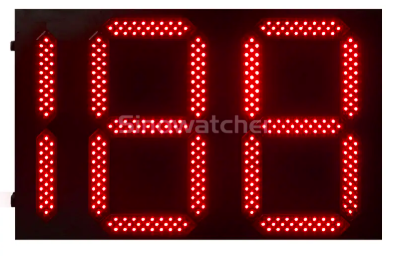目录
The phrase “peripheral tools” is frequently used in the quick-paced world of technology, particularly when discussing automation, systems integration, or hardware. Even though they are occasionally seen as secondary or supplemental, these tools are essential to guarantee the effective operation and use of core systems. However, what are peripheral tools specifically, and why are they so important?
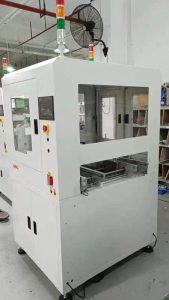
How Do Peripheral Tools Work?
External tools or devices that supplement and improve the primary system’s basic functions—typically those of a computer or industrial machine—are called peripheral tools. These tools support the primary unit’s tasks by processing, supplying, or importing data; they are not the core components. In essence, they produce a more optimized, effective, and user-friendly workflow.
Different Peripheral Tool Categories
Various types of peripheral tools exist, contingent upon their intended use. The most popular categories are as follows:
Devices for Input
These include add-ons like keyboards, mice, scanners, and webcams that let users enter data into the system. In industrial environments, sensors and human-machine interfaces (HMIs), which allow operators to enter commands or data, are examples of input tools.
Devices of Output
The data that the system has processed is shown or presented on output devices. Common examples of output peripherals in consumer electronics are speakers, printers, and monitors. Output tools in higher-tech settings can include data visualization apparatuses such as robotic arms, control panels, or even industrial process alarm systems.
Devices for Storage
These add-ons store data for backup or later usage. Some examples are cloud storage devices, USB flash drives, and external hard drives. Storage peripherals may be used in an industrial setting to archive sensitive data for legal reasons or to log machine data.
Networking Equipment
Tools for peripheral networking enable the connection between several systems. Typical examples are network interface devices, routers, and modems. These devices are essential for facilitating the smooth movement of data by ensuring that various system or network components communicate with one another.
specialized tools for peripherals
Peripheral tools may include temperature sensors, hydraulic pressure regulators, or energy monitoring systems in sectors such as robots, smart homes, and automotive applications. These are specialist instruments made to offer particular features essential to the system’s operation.
Categories of Peripheral Tools
In the modern industrial scene, peripheral tools are indispensable. This is the reason why:
Enhanced Automation and Efficiency
In sectors such as robotics, automotive, and smart home systems, peripheral tools boost productivity by mechanizing operations that would otherwise need human intervention. Robotics sensors, for example, can supply real-time data, allowing systems to make adjustments without human intervention.
Improved User Experience
Accessible and simple-to-use peripheral tools increase system accessibility and operability. These devices, which can be anything from a hydraulic pressure regulator in an industrial setting to a temperature sensor in a home automation system, streamline complicated procedures and increase user accessibility to technology.
Gathering and Handling Data
Peripheral tools are essential for gathering, storing, and analyzing large amounts of data in industries including industrial control, aircraft, and energy storage. This data is essential to track system performance, find errors, and guarantee operational effectiveness.
Security and Accuracy
Peripheral instruments like temperature monitors, pressure gauges, and precision sensors are essential in high-stakes industries like automotive and aerospace. They guarantee that equipment runs within safe bounds, averting mishaps and ensuring the system’s or product’s reliability.
0
